Deck & Commander Strategies
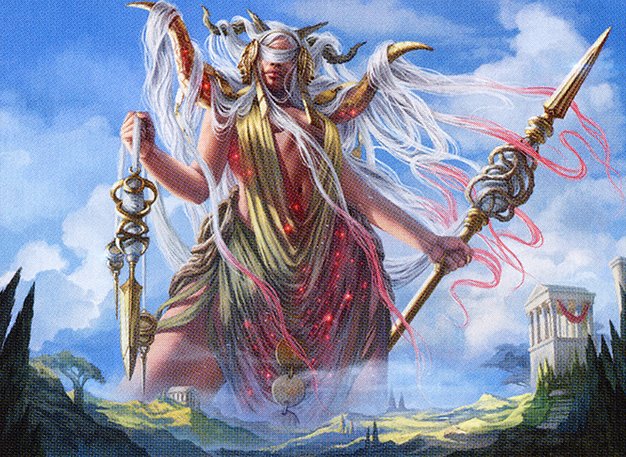
Klothys, God of Destiny
A group slug deck that sustains a life point advantage through Klothys’ damage triggers and symmetrical damage sources like Mana Barbs and Pyrohemia to close out the game.
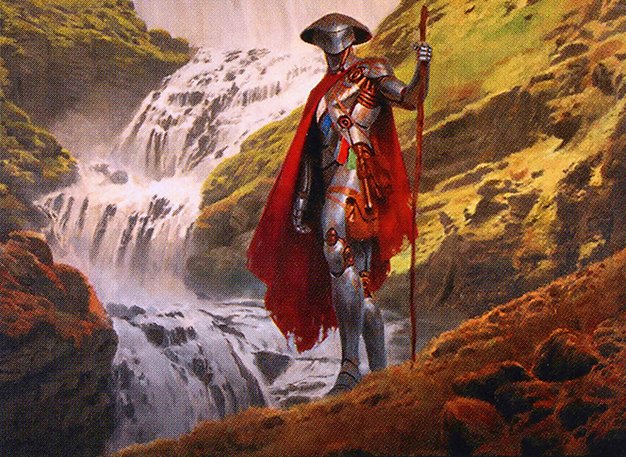
Golos, Tireless Pilgrim
A lands-matter build leveraging fetch lands and ramp to generate value and eventually win through landfall synergies and powerful effects like Valakut, the Molten Pinnacle.

Breya, Etherium Shaper
A combo-focused deck using artifact synergies and multiple combos to generate infinite mana and win through various artifact-based combos.
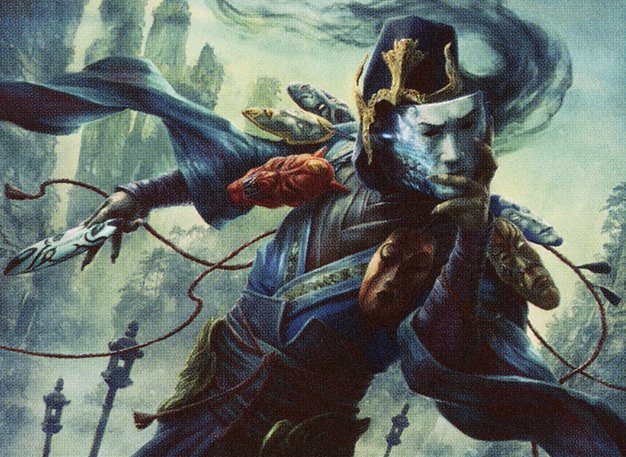
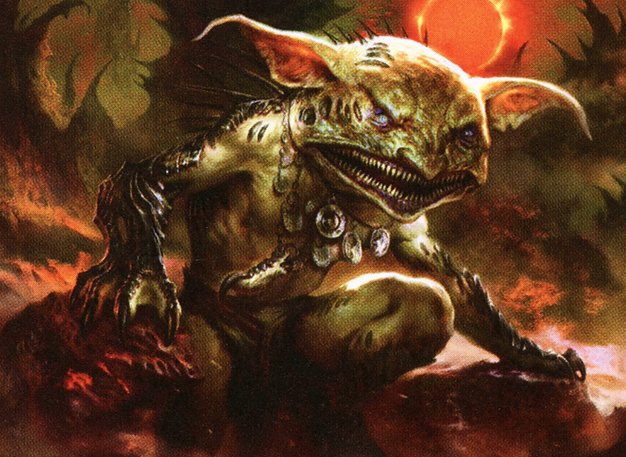
Krark, the Thumbless // Sakashima of a Thousand Faces
A storm combo deck that duplicates Krark to generate infinite mana and storm spells, aiming to win via damage spells like Railstorm Conduit.
Gameplay Insights
- 1
The use of Mana Barbs early on by Klothys applied constant symmetrical damage pressure, which influenced players to manage their life totals carefully.
- 2
Cyclonic Rift was a key board reset that bounced a crucial storm commander, Krark, temporarily disrupting the storm player's combo setup.
- 3
Breya’s use of Goblin Engineer to mill Astral Altar into the graveyard was a strategic move to enable artifact recursion combos.
- 4
Golos’s repeated fetching of Bloodstained Mire helped him ramp quickly and maintain landfall triggers, essential for his deck’s value engine.
- 5
Elvish Reclaimer’s bounce by Snapcaster Mage demonstrated the importance of interaction to slow down ramp-based decks.
- 6
Flusterstorm was used effectively to counter an Enlightened Tutor, preventing opponents from assembling combos or finding key pieces early.
- 7
The game exemplified the tension between combo setups and interactive plays, with multiple players disrupting each other's strategies to maintain balance.
Notable Cards
-
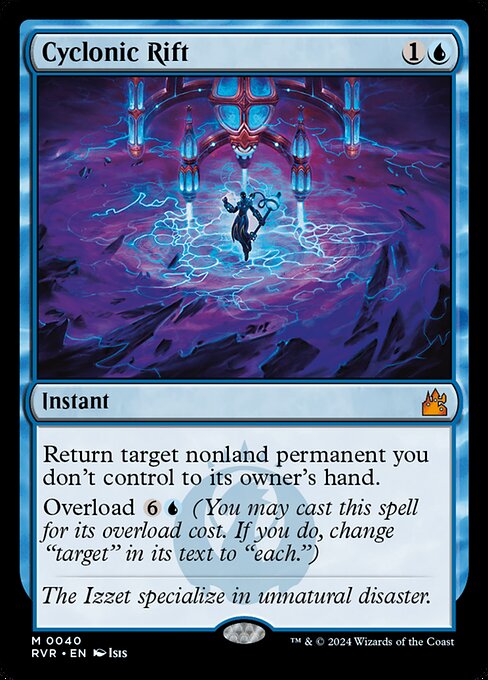
Cyclonic Rift
-
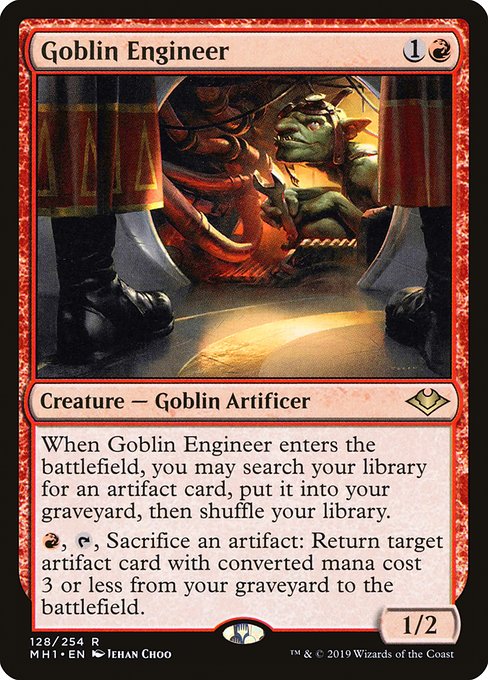
Goblin Engineer
-
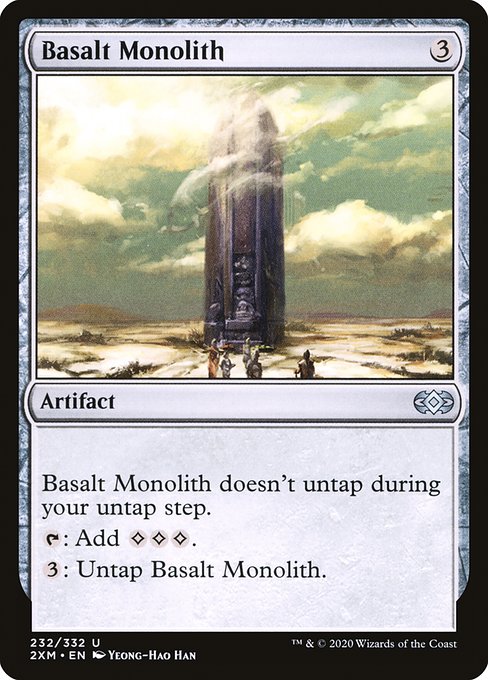
Basalt Monolith
-
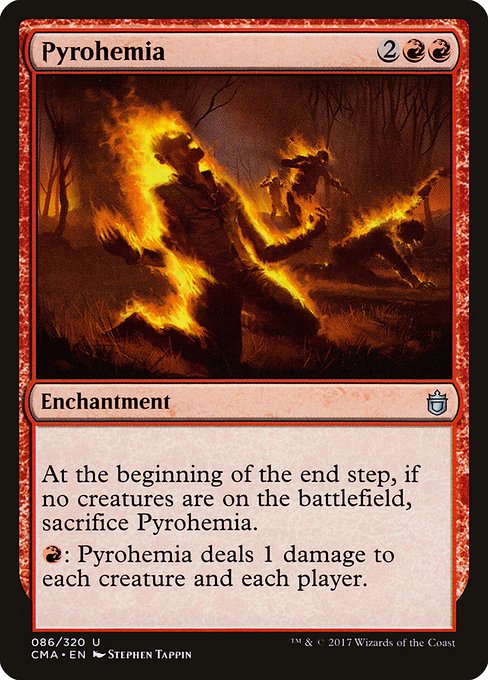
Pyrohemia
-
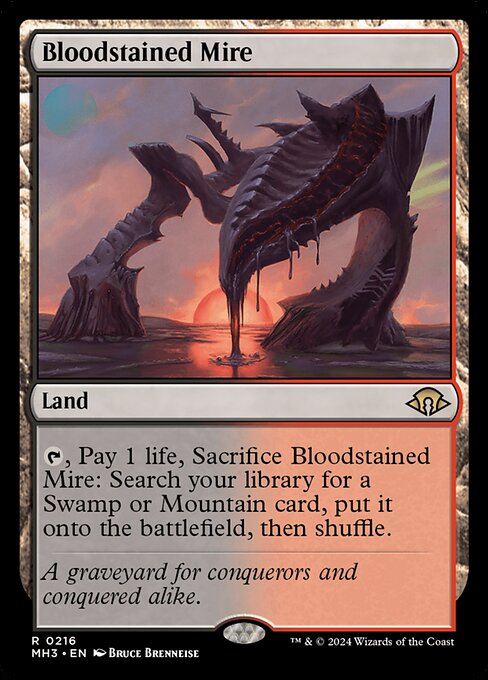
Bloodstained Mire
-
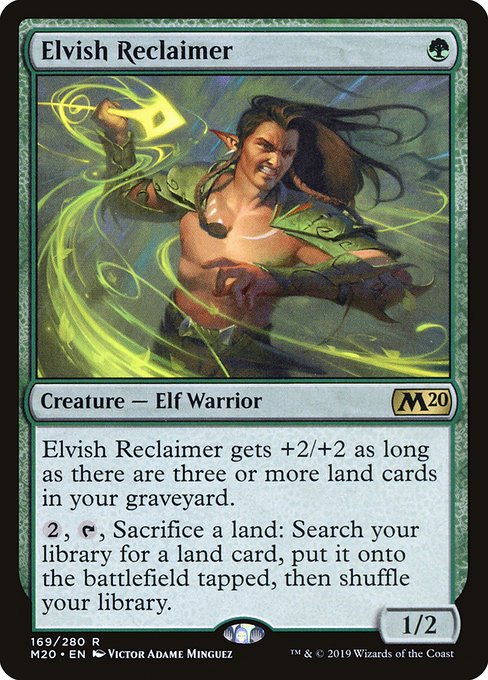
Elvish Reclaimer
-

Deflecting Swat
-
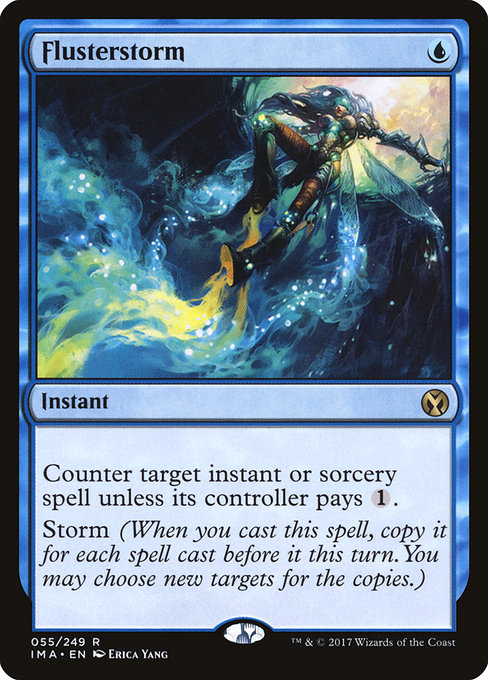
Flusterstorm
-
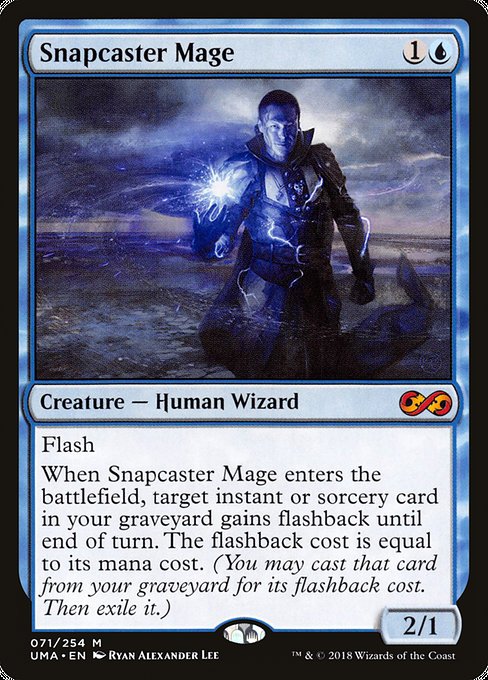
Snapcaster Mage
-
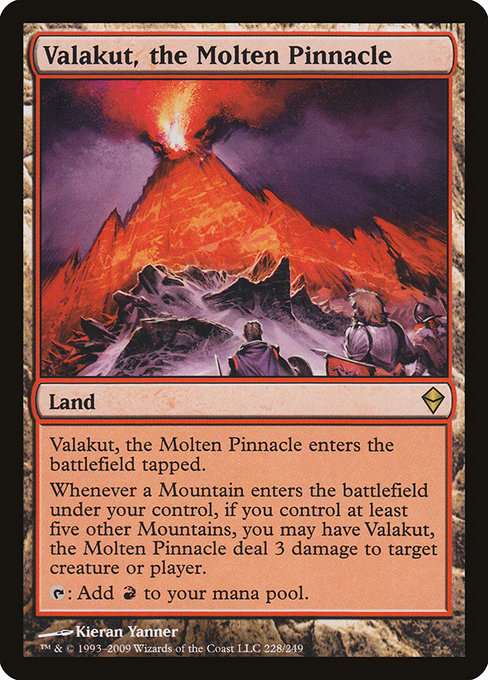
Valakut, the Molten Pinnacle
-
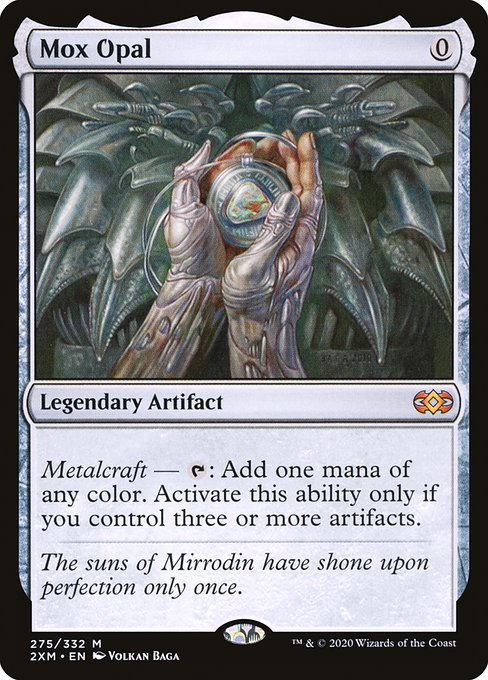
Mox Opal
-
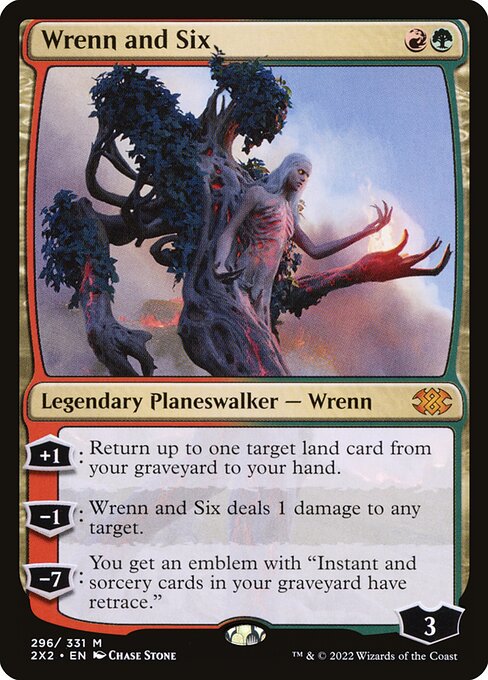
Wrenn and Six
Gameplay Summary
The game began with each player establishing their board presence through land drops and setting up their respective strategies.
Klothys focused on sustaining life advantage and symmetrical damage using cards like Mana Barbs and Pyrohemia, while Golos aimed to leverage a lands-matter build, setting up with fetch lands and powerful landfall synergies.
Breya’s deck was a combo-centric build utilizing multiple artifact synergies and tutors to assemble combos quickly.
The Sakashima and Krark pairing employed a storm-based approach, seeking to create multiple copies of Krark to generate infinite mana and storm spells for a lethal Railstorm Conduit finish.
Early turns saw some disruption, including a deflecting swat bouncing a key commander and a well-timed Cyclonic Rift resetting the board, which slowed down some momentum.
Despite this, Golos managed to repeatedly fetch lands like Bloodstained Mire, fueling his land-based strategy and ramping into his commander effectively.
Breya advanced by casting utility artifacts like Basalt Monolith and setting up card draw engines, while Klothys maintained pressure through life gain and damage triggers.
The game’s pace was punctuated by careful resource management and timely counterspells, with players jockeying for position to execute their win conditions.
![Breya vs Klothys vs Krark // Sakashima vs Golos [EDH/Commander, Magic The Gathering Gameplay] 2021 thumbnail](https://i.ytimg.com/vi/628hDouxGUc/maxresdefault.jpg)






![Krark & Sakashima vs Yuriko vs Dina vs Edgar [EDH/Commander, Magic The Gathering Gameplay 2022] thumbnail](https://i.ytimg.com/vi/1zJKNsziD2Y/sddefault.jpg)
![Jeska/Thrasios vs Phenax vs Krark/Clone vs Zacama [EDH/Commander, Magic The Gathering Gameplay] 2021 thumbnail](https://i.ytimg.com/vi/14evmtd4DVg/sddefault.jpg)
![Edric vs Sakashima//Vial vs Meren vs Animar [EDH/Commander, Magic The Gathering] MTG Gameplay 2020 thumbnail](https://i.ytimg.com/vi/DLsmvjVFGls/sddefault.jpg)
![Daretti vs Kadena vs Zurgo vs Vial//Sakashima [EDH/Commander, Magic The Gathering Gameplay] 2020 thumbnail](https://i.ytimg.com/vi/cY-kt6jk1y4/sddefault.jpg)
![Teysa vs Sakashima//Vial Smasher vs Lathril vs Birgi [EDH/Commander, MTG Gameplay] 2021 thumbnail](https://i.ytimg.com/vi/Fll5BVOlkug/sddefault.jpg)
![Delina vs Vial // Sakashima vs Ur-Dragon vs Grazillax [EDH/Commander, Magic The Gathering Gameplay] thumbnail](https://i.ytimg.com/vi/9jIFre8Udig/sddefault.jpg)
![Baral vs Ezuri vs Akiri vs Sakashima & Vial Smasher[ EDH/Commander, MTG Gameplay ] 2022 thumbnail](https://i.ytimg.com/vi/CqsI3iYmiJw/sddefault.jpg)
![Chainer vs Varina vs Klothys vs Tymna/Tana [EDH/Commander, Magic The Gathering Gameplay] 2021 thumbnail](https://i.ytimg.com/vi/bSkMEgampuU/sddefault.jpg)
![Golos vs Obuun vs Inalla vs Yuriko [EDH/Commander Gameplay] 2020 thumbnail](https://i.ytimg.com/vi/3yA955_Nzyg/sddefault.jpg)
![Chulane vs Golos vs Obuun vs Akiri [EDH/Commander Gameplay] 2020 thumbnail](https://i.ytimg.com/vi/5Qguqu4jr74/sddefault.jpg)








![Tevesh/Prava vs Akiri vs Sakashima/Vial vs Yuriko [EDH/Commander Magic The Gathering Gameplay] 2021 thumbnail](https://i.ytimg.com/vi/0OTTyReRAWc/sddefault.jpg)
![Acererak vs Breya vs Vadrik vs Alesha [ EDH/Commander, Magic The Gathering Gameplay ] 2022 thumbnail](https://i.ytimg.com/vi/jB1-qgPS6uA/sddefault.jpg)
![Breya vs Lier vs Yusri vs Will & Hopper [EDH/Commander, Magic The Gathering Gameplay 2022] thumbnail](https://i.ytimg.com/vi/E0FpQtrBVP0/sddefault.jpg)















![Greven vs Ruhan vs Gavi vs Golos [EDH Commander] Gameplay 2020 thumbnail](https://i.ytimg.com/vi/h8Amwf407Ik/sddefault.jpg)




![Commander VS S17E7: ??? VS ??? VS ??? VS ??? [EDH Gameplay] thumbnail](https://i.ytimg.com/vi/Wl5x-udunSg/sddefault.jpg)